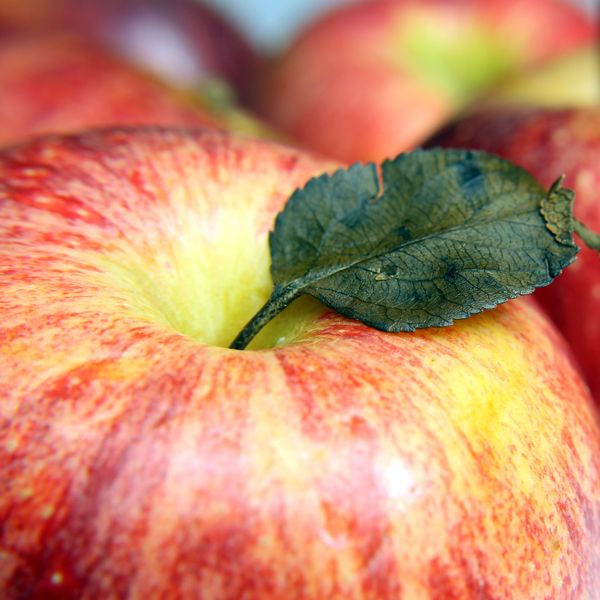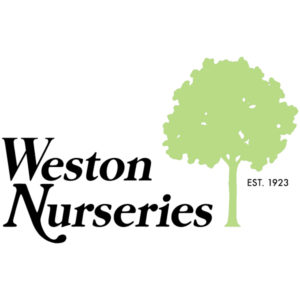Apples, Cherries, Peaches, Plums and Pears
Learn where to plant your fruit trees, how to prune them, harvesting techniques and more.
By Richard Langer, MotherEarthNews.com
Special Note: All material here reprinted from Grow It! Copyright © 1972 by Richard W. Langer. The title of this excerpted chapter is “Fruit.”
—A.E. Housman
Loveliest of trees, the cherry now
Is hung with bloom along the bough,
And stands about the woodland ride
Wearing white for Eastertide.
There’s no place on the farm quite like the orchard. For dew-fresh fruit, but also for picnics in blossom time, watching the bees gather nectar for your honey, and simply enjoying life. Making a detour on your way to feed the chickens in the morning and stopping by the orchard for a night-chilled Transparent apple is a country experience hard to pass up.
The only problem is, unless your land comes with an established orchard, it’s going to take a couple of years’ wait. That’s why starting an orchard should be one of the first things you set out. If, as is likely, you move to the country in spring or summer, planning your grove of fruit trees right away and getting the trees in time for fall planting will give you a year’s head start over putting it off till you’re settled in. Even if you don’t have time to get the trees, you can sow a green manure crop of rye to help prepare the land for early spring planting the next year. Fruit trees can be set in either season as long as they are naturally dormant when transplanted.
To speed up your first yield even further, try a few dwarf trees. You probably won’t bother much with these once your big ones start bearing, but they will give you an initial crop to tide you over the second or third year of waiting.
Where to Plant an Orchard
The orchard is going to be around for some time. That’s your first consideration in deciding where to locate it. You can put a vegetable garden on a slope that you expect to be part of a pond in a few years. To do so with the orchard would be a waste of either orchard or pond.
As a permanent addition to your homestead, the orchard should have not only good soil, but good air and water drainage as well. Thus a slope is the best location if you have one. Avoid low-lying sites, since these harbor the cold in winter, making any trees there more likely candidates for winter-killing than others in the area. A northern slope will delay blooming and subsequent fruit. A southern slope will speed up both. The ideal spot is on the small hills surrounding a valley or depression. Trees with early frost-sensitive blossoms can be planted halfway up the northern slope, the less sensitive trees halfway up the southern slope. No trees should be exposed to the windy hilltops and none to the frost-retentive bottom land. Rows of trees planted on hills should, of course, follow the contour system.
The soil in your orchard should be as good as you can make it. If you want to plant fruit trees right away and your soil is hard clay or sand, you’ll have to build it up for each individual tree. It will pay you to fill the excavations in which the trees are to be set with improved soil, compost, rotted manure, ground rock phosphate, and rock potash to a depth of — hold onto the book — about five feet.
All worms have an apple,
—Peter Reeves
But not all apples have a worm.
If you’ve ever dug a five-foot hole, you’ll have some idea of what it’s like to dig ten of them, or twenty, or however many as the fruit trees you’re going to plant. The minimum would be two, since you should never plant just one tree of a given fruit if you want a good crop. There are two solutions to the labor problem. Either get someone with a hack hoe or other mechanical excavator to come in and make holes for you, or plant just two or three trees the first year, which will give you a good head start, and spend the rest of the year building up the soil for the others with cover crops of rye and clover alternated with liberal manuring. Another possibility is to set out a couple of dwarf fruit trees near the house, and leave the orchard be entirely until you’ve built up the soil for it thoroughly.
Of course, you may be lucky and have an orchard site with soil of good enough quality to use just as it is. What you want is a nice medium loam rich in organic material, but also with some sand. If you have straight clay or heavy sand, start digging.
Planting Fruit Trees
Even if your soil is ideal, prepare to spend a bit of time with a pickax and shovel. The minimum size for a tree hole is three times the size of the root ball. In the case of fruit trees, the bigger the better. Usually one no smaller than three or four feet in diameter and two to three feet deep is dug. Pile the topsoil separately, since this is what should go back into the bottom of the hole along with well-aged nitrogen-rich compost and ground rock phosphate and rock potash. Don’t use fresh manure. Spread most of the extra subsurface soil elsewhere and grow a cover crop over it.
If what you’re removing is almost solid clay soil, and you’re replacing it with the ideal light, humus-filled one, the improved area around the tree will act as a sponge. Water retention will be too much. In this case, put a tile drain at the bottom of the hole. This is simply a single row, or a cross, of sections of drainage pipe, usually four inches in diameter, spaced out on top of a layer of gravel across the floor of the hole. It leads the water away from the root area, culvert-fashion, to the surrounding subsoil.
The mechanics of planting fruit trees are important. All injured and broken roots must be pruned back. The roots are then spread out evenly on top of a layer of enriched soil replaced in the hole to raise the tree to its proper level. Make sure you keep the roots moist while you work. It’s a good idea to mix up a bucket of mud slurry from your compost to pour over the roots when they are spread out. The slurry will coat the finer roots, keeping them moist, minimizing air pockets, and helping to settle them in. Fill the rest of the hole, tamp down the soil and give it a heavy dousing of water or light mud slurry. The tree should sit in the center of a slight depression about a foot in diameter. At the same distance out put up a two-foot-high wire mesh “collar” to keep out field mice, rabbits, etc. Outside of this mini-fence cover the ground with an inch of rotted manure extended all the way to eight feet from the tree. Cover the circle in turn with about a foot of hay mulch.
A regular fruit tree should be planted at least twenty feet from its nearest neighbor. Dwarf fruit trees can be spaced as close as ten feet apart. Set the tree straight to ever so slightly leaning in the direction of any prevailing winds. The largest branch, like a weather vane, should point into the prevailing wind. Prune back the branches of a newly planted tree a little more, proportionately, than the root loss. This will give it a chance to build a good strong root system. Give the trunk a pole support to prevent wind whipping from loosening the roots.
One final thought on planting. Science is discovering more and more about the roles bacteria and fungi play in crop growth. There are no doubt some of both interacting with the orchard. An old farmer I know would never plant a new fruit or nut tree without going around to an orchard he particularly admired and, picking the best tree of the kind he was planting, “borrowing” a shovelful of dirt as a “starter” for his own tree. Now I’m not saying this is necessary … the only reason I mention it is because his new trees never failed, and they were always covered in season with the most incredibly delicious fruit.
Fruit Tree Maintenance and Pruning
Even organic gardeners spray their trees. Lest this make you sit up and wonder what happened to the natural approach, the spray referred to is not DDT or one of the countless other chemicals used by many commercial orchards. What the organic gardener uses is a miscible oil spray. It is a dormant spray, one applied before a tree begins its annual growth and which disappears before the leaves begin to emerge. Instead of poisoning insects, and the tree with them, a miscible oil spray simply puts your fruit tree in a temporary baggie, suffocating everything that moves inside … except the tree, which is dormant. If it’s not, well, you take it from there. Even miscible oil sprays call for caution and common sense in using, but, properly applied, they will not harm your trees.
Miscible oil sprays for dormant spraying are available in concentrated form through mail order and probably from nurseries in your area. Dilute and use according to the instructions. If you have an old established orchard on your spread and are trying to rehabilitate it, miscible oil sprays may not seem to be much protection at first because of the sheer number of bugs around. But have patience and eventually you will restore the natural balance. With new orchards and healthy, well-fertilized stock, miscible oil sprays should keep most of your problems in check from the start.
Fertilizing in the Orchard
Early in spring, a month or so before a tree blooms, work into the soil around it some high-nitrogen fertilizer. A quarter of a pound of blood meal or eight pounds of manure for each year’s growth is about right. Cover with a new layer of straw or hay mulch, keeping the area immediately around the base of the tree clear to discourage mice. For the little ring around the trunk, work in a two- or three-inch layer of well-aged compost instead. The compost should not actually raise the soil level at the trunk itself, or it may induce rot. A rule of thumb for young trees is to build the fertilizer layer out in a circle encompassing the widest branch of the tree.








